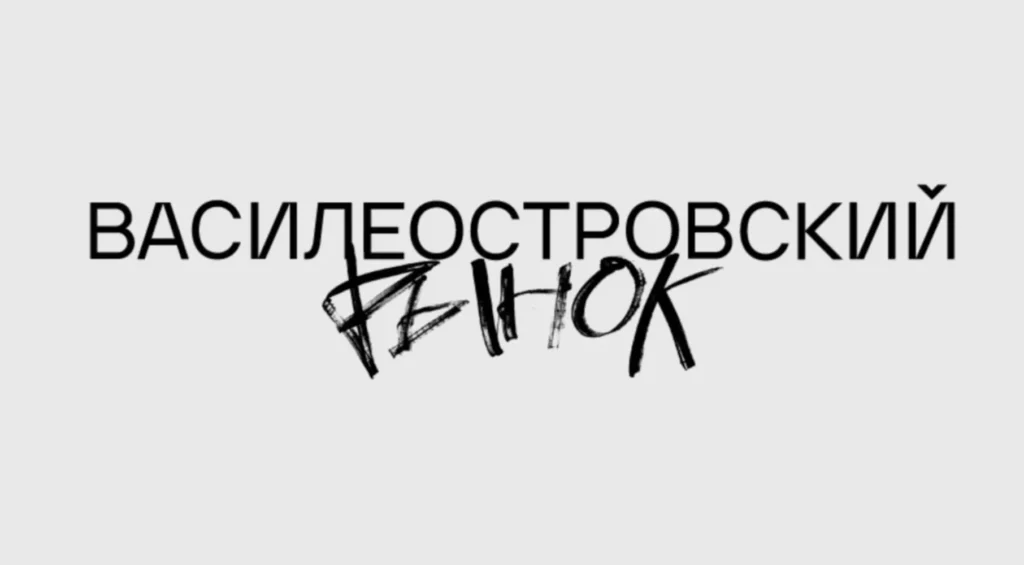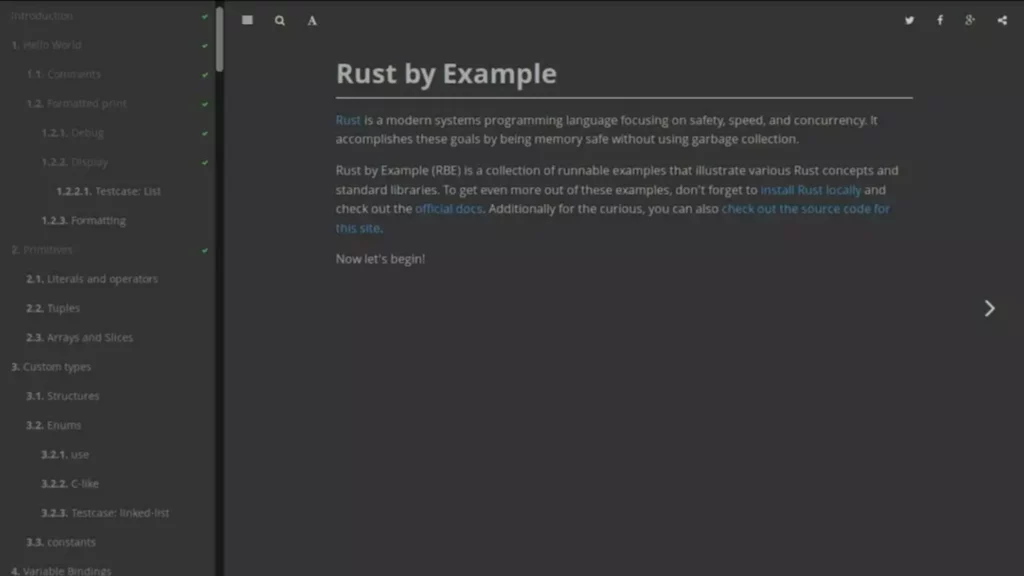However, Docker Hub’s free tier limits non-public repositories to only one. For private tasks, that’s a bit restrictive, which is why I’m more inclined toward self-hosting my own Docker registry. Initially, we used docker save and docker load to transfer the picture, which labored fantastic however was cumbersome. Get your FREE 17 page Computer Imaginative And Prescient, OpenCV, and Deep Learning Useful Resource Information PDF. Inside you’ll find our hand-picked tutorials, books, programs, and libraries to assist you master CV and DL. This endpoint could be helpful for automated monitoring tools to verify the app’s status.
- Understanding what’s Docker Photographs is on the heart of this technology, which is crucial in encapsulating applications and their dependencies.
- IronWorker takes these photographs and begins the method of making and orchestrating full containers.
- Earlier Than diving into docker picture, checkout our online data science course and different pay after placement programs.
- The Elasticsearch and Kibana Image combo provides a strong answer for builders and knowledge analysts dealing with massive volumes of information.
- In common, some of the parts of Docker images are listed under.
- Defend your valuable process frameworks with the best DevOps practices through the Licensed DevOps Security Professional Course.
Docker Photographs make them moveable and easy to handle throughout completely different environments. For example,Redis andMemcached are a few well-liked ready-to-go Docker Official Pictures. You can download these photographs and have these services up and running in a matter of seconds. There are additionally base images, like theNode.js Docker image, that you can use as a place to begin and add your individual recordsdata and configurations. These two rules let you to increase or add to current photographs. For example, if you’re building a Python app, you can begin from thePython image and add extra layers to install your app’s dependencies and add your code.
By implementing these practices, you presumably can optimize useful resource utilization, improve construct instances, and improve container safety. Utilizing the Dockerfile method supplies repeatability and model management, making it easier to share and reproduce images across completely different environments. By following greatest practices and utilizing Dockerfile directions successfully, you can create environment friendly and dependable Docker images on your applications. Docker pictures are constructed using a layered strategy, the place each instruction in the Dockerfile provides a model new layer to the picture. This layered construction permits for environment friendly storage and sharing of photographs, in addition to enabling quicker build occasions and easier updates.
It’s small (under 5MB), safe, and environment friendly, making it an ideal base picture for so much of functions. When you execute a picture utilizing Docker, it spins up a container—a stay, running instance of the image. The separation between photographs (static templates) and containers (dynamic instances) allows builders to create scalable, transportable why do we need docker, and reproducible functions. The docker image examine command returns extensive details about a Docker image in JSON format. This contains the settings, layers, labels, and setting variables.
The journey from picture conceptualization to container deployment now unfolds with newfound readability. And for these wanting to elevate their Docker experience to the subsequent stage, stay tuned for our upcoming guide featuring a curated collection of insightful Docker Interview Questions. These queries won’t solely sharpen your understanding but in addition set the stage for assured and knowledgeable discussions within the dynamic world of containerization.” Docker is a popular device for containerizing applications, permitting builders to package deal their application together with all its dependencies into a lightweight, moveable container. This ensures that the appliance runs constantly https://deveducation.com/ across completely different environments, eliminating issues related to dependency mismatches.
Ironio Serverless Instruments
This section covers tips on how to push them to Docker Hub, the central hub for containerized apps. Streamline your deployment and make your containers accessible to the wider Docker group. To confirm that the Docker image has been successfully eliminated, you’ll have the ability to listing the Docker pictures once more by running the ‘docker images’ command. These instructions will help you produce a Docker picture that contains your application and all of its dependencies.
Docker Image Repositories
Every layer contains simply its own filesystem adjustments relative to the previous layer in the stack. This improves picture efficiency as layers may be cached and reused by different builds. Any modifications to the code within the src listing will invalidate the layer cache for the following directions. This means the npm install instruction will must be repeated whenever the code modifications, wastefully creating new layers. Docker’s layering system makes picture operations extra efficient and performant. Layers contain simply the files that have been really changed by a Dockerfile instruction, so they can be shared between multiple images.
Docker Images: Everything You Need To Know

Creating a Docker image is easy but requires a clear understanding of how to write a Dockerfile. A Dockerfile is a plain-text script that contains instructions for constructing the picture. A Docker image digest is a unique identifier that ensures the integrity and consistency of an image.
When organizing your Docker photographs in a repository, it is good follow to use tags. Tags are labels that you could assign to your images to distinguish between different versions, variants, or configurations of the identical picture. For instance, you need to use tags to determine pictures with completely different working system variations, software program dependencies, or particular software releases. Docker photographs could be saved and organized in Docker picture repositories, similar to Docker Hub. A Docker picture repository acts as a centralized catalog the place you can addContent, share, and distribute your Docker photographs.
In this blog, we will perceive the world of Docker Pictures, their work, and the benefits they carry to the Software Program Development process. Whether Or Not you’re a seasoned developer or just a beginner with Docker, this comprehensive blog will assist you to answer, “What is a Docker Image? ” It’ll help you discover its structure, creation course of, and benefits. We ensure high quality, budget-alignment, and timely delivery by our professional instructors.

Step 1: Construct The Docker Picture
This layered construction is what makes Docker images highly environment friendly and portable. A Docker image acts as a blueprint or template for building containers. It incorporates all the dependencies, libraries, and configurations wanted to operate a certain software or service. Every Dockerfile instruction provides a layer on top of the previous one whereas constructing a Docker image.
Elasticsearch is a extremely scalable and diversified search engine, whereas Kibana provides an internet interface for knowledge visualisation and exploration. With Docker Images for each Elasticsearch and Kibana, setting up a whole knowledge analytics surroundings turns into swift and hassle-free. In addition to pulling a Docker image, you additionally realized in regards to the layers of a Docker Picture. Constructing and pushing Docker photographs has utterly streamlined how I distribute my tasks. You can read extra about this in docker’s official documentation to host your individual docker registry.
Docker Hub is a cloud-based registry service that permits customers to retailer, share, and handle Docker photographs. The first layer in an image is the inspiration on which all different layers are built. Packagecloud is a package registry that may hold all your packages in a single place, permitting you easily manage, replace, and share them throughout the team. You can use Docker pictures and containers together with one another whenever you create and deploy software.


Leave a comment